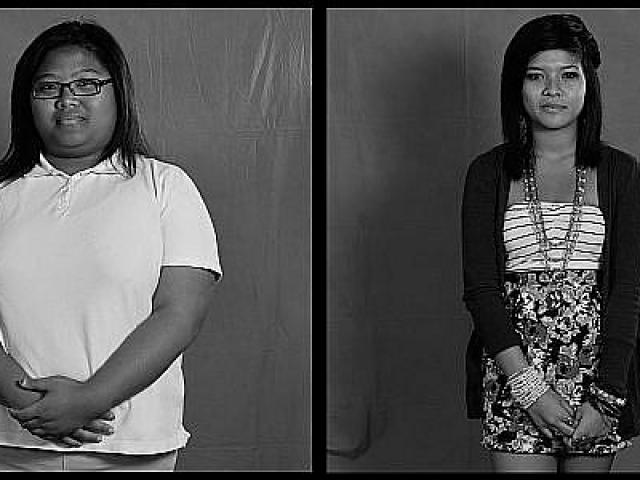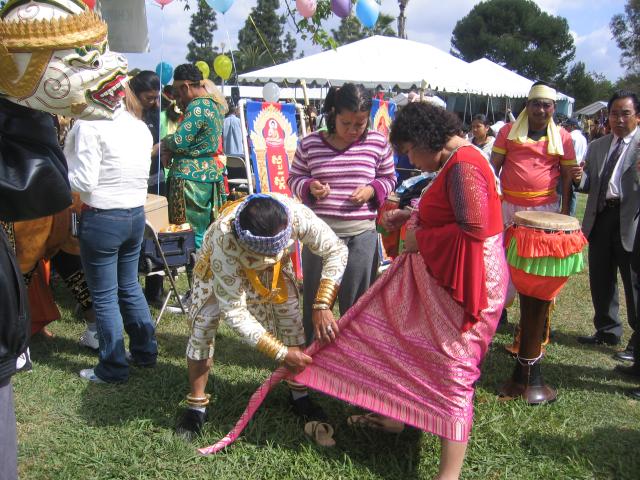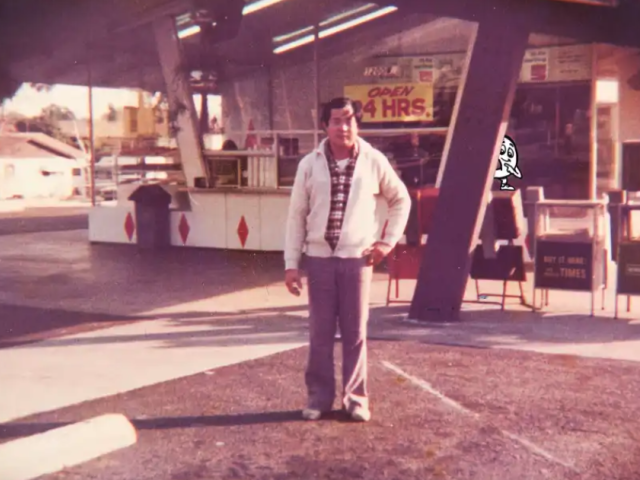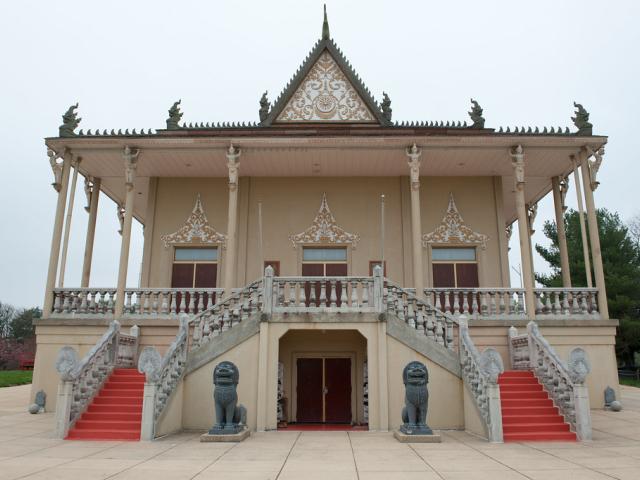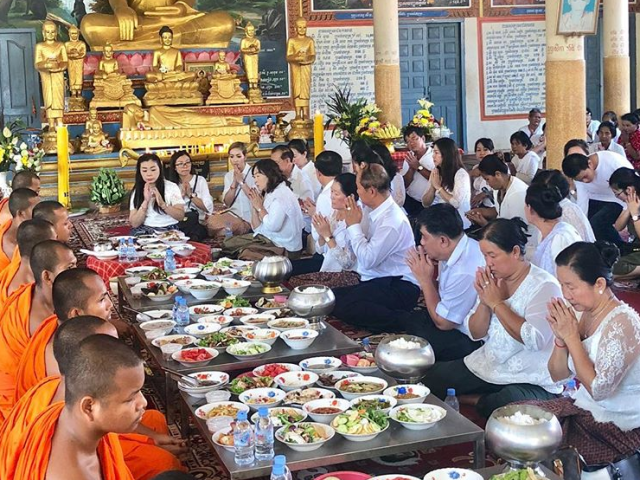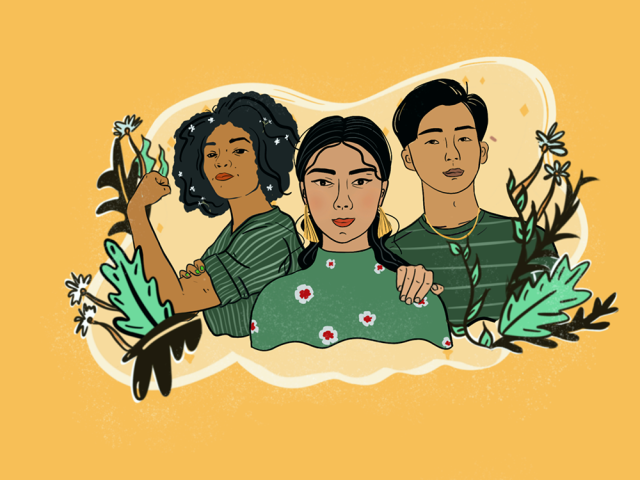Area of Study 4: Community Building and Healing

Cambodian American Cultural Production: Music, Dance, and Literature
Where Cambodian Americans are, so too are their cultural works. As products of a diasporic population, much early and ongoing Cambodian American cultural production, art, music, dance, food, fashion, and film, has been influenced by the Cambodian aesthetics of the 1960s and 1970s. After all, these were the fashions that the population connected with. As a people impacted by genocide, many of these aesthetics were kept and re-performed by Cambodian Americans as acts of memory and memorialization. As each generation grew, so too did their styles.
Community Building and Healing
In this area of study, we explore how the Cambodian community in diaspora, especially in the United States, has begun its journey towards healing. In the Cambodian Diaspora area of study, students examine the factors leading to the exodus of Cambodians from their home country, as well as the complex challenges faced by various waves of refugees. This area of study acknowledges the trauma inherent in the experiences of refugees, and how such trauma can lead to feelings of disconnection, isolation, and despair.


